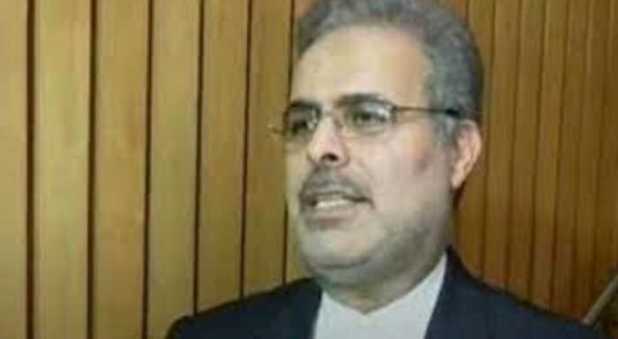
New Delhi, March 8 : Referring to the ancient relations between India and Iran, Ali Chegeni, Ambassador of the Islamic Republic of Iran to India, said on Tuesday that many issues will be resolved, if the Brahmins of India and the intellectuals of Iran get together. Speaking at the release of Khumsa Nizami, a book by renowned Iranian poet Hakim Nizami, in association with Iran Cultural House and Noor International Macro Film, Chegeni said that if Indian poets and Iranian poets read each other’s works, then many problems could be solved. The poets of both the countries express love, not violence, he said, adding that the civilisations of both Iran and India can make the world better. Humans have trampled on the moon and earth, but they have turned away from humanity. However, the Brahmins of India and the intellectuals of Iran can solve our social problems by reviving humanity. He said that just as India is a country of different civilisations, Iran is also a country of different civilisations and share similarities in culture and traditions. Noting the deep relations between India and Iran, Saurabh Kumar, Head of the Eastern Region in the Ministry of External Affairs, said that such programmes can play an important role in further strengthening the ties between the two countries. Six hundred years ago, Persian was a language of civilisation in India. He said that Hakim Nizami’s book will help in understanding the Indo-Iran relations. Member of Parliament T G Venkatesh said that India and Iran have a lot in common and the culture of both the countries was almost the same, which should be used for the benefit of the coming generation. Ratish Nanda, director of Aga Khan Trust for Culture, while highlighting the decoration of Humayun’s tomb, said that Iran has a deep influence on its culture and these influences can be seen everywhere. He said the relationship between Iran and India was of body and soul. Delivering the welcome address, Cultural Counselor of Iran Culture House, Mohammad Ali Rabbani said, “We are seeing in the form of this exhibition today is a combination of the general mood of India and Iran. The paintings and calligraphy presented in the exhibition represent the art of Hindu and Muslim calligraphers of India and Iran.” Professor Amargeet Chandok of Delhi Arts College said that Nizami was a social and romantic poet. He was not only a Scholar of Persian, but also an expert in Islamic, Botany and other sciences. Haddad Adel, a former member of the Majlis-e-Shura Iran (Iranian Islamic Consultative Assembly), described the features of Hakim Nizami’s poems in a video from Iran and said that Hakim Nizami’s book – a shared heritage of India and Iran – has been revived by Mehdi Khwaja Peri. Mehdi Khwaja Peri in her video message said that Sardar ‘Khumsa Nizami,’ produced by Noor Microfilm Centre, is a memoir of Hakim Nizami, produced under the direct supervision of King Akbar. A manuscript by Khumsa Nizami was available in the British Library with gold decoration at number 12208, accompanied by paintings. This book was written for the Mughal Emperor “Akbar”. This book was a classic example of Iranian artistry. The beautiful illustrations in this book were the works of about 20 artists, most of whom were Hindu artists. However, the original artist was “Khwaja Abdul Samad,” who was an Iranian Muslim. XC MYK RJ

